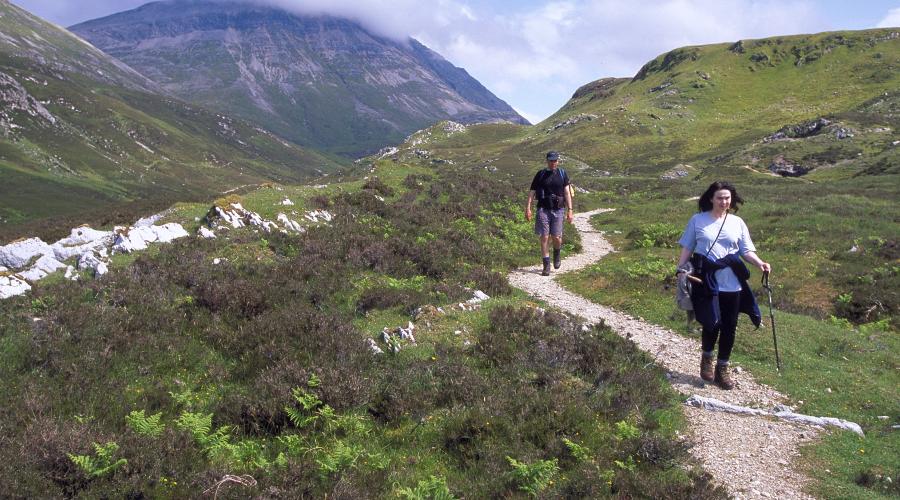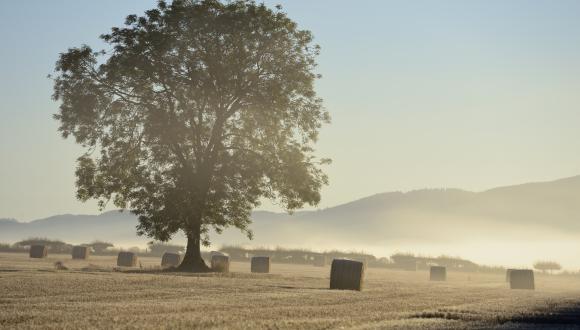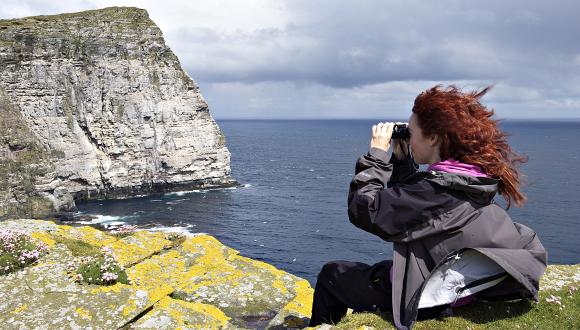
Legislation history
The timeline of the Land Reform (Scotland) Act 2003.
In Scotland there has been a longstanding tradition of access on hill ground and this led to a general presumption that people were free to be there - provided they respected others' interests. This tradition became what people refer to as the 'right to roam', but this was never a statutory right, ie recognised by law.
Access to the high hills was generally unrestricted, although limitations existed on some of the lower hills in central Scotland. Provision for access on low ground near where most people lived was poor and was why there was a need for a new legislative approach.
The emphasis of the new statutory right of responsible access brought in by the Land Reform (Scotland) Act 2003 is on how rather than on where people exercise their access rights. This emphasis can be seen in the content of the Scottish Outdoor Access Code.
Timeline
By the late 1990s more people realised that change was needed:
- The access legislation was very unclear
- The duties and powers of local authorities needed up-dating
- The rights of way system wasn't working
- Reliance on the voluntary principle achieved only patchy results
- Land managers needed more practical support to help manage access
Public expectations were growing -
- We needed better access provision to support the promotion of healthy living, social inclusion and sustainable transport especially in towns and cities
- to help rural economies, visitors and tourists needed clearer access to Scotland's outdoors.
1997: Greater freedom for people to enjoy the outdoors was a Labour party manifesto commitment. On election, the UK Government asked NatureScot to review legal arrangements for access in Scotland, and NatureScot invited assistance from the Access Forum. This involved:
- Surveys and studies
- A wide debate among the Access Forum's membership
- Extensive public consultations.
1998: In November, the Access Forum's advice provided the basis of the NatureScot recommendations to the Scottish Parliament.
1999: Following the establishment of the Scottish Parliament, a White Paper "Land Reform: Proposals for Legislation" was published for consultation in July this year.
November 1999: The White Paper was debated in Parliament.
2000: At the same time, in England and Wales, similar legislation was being prepared and consulted upon. This legislation became the Countryside and Rights of Way Act, 2000. While comparable, there are significant differences. For instance, the English and Welsh access rights:
- Apply specifically to areas which are to be mapped (comprising mountain, moor, heath, down and registered common land)
- Do not include inland water
- Do not extend to cycling or horse-riding, ie. there is no general right of access as there was to be in Scotland.
2001: The Draft Land Reform (Scotland) Bill was sent out as a consultation paper. Meanwhile, NatureScot prepared a draft Scottish Outdoor Access Code and consulted on this. The Land Reform (Scotland) Bill was introduced in the Scottish Parliament on 27 November.
2003: The Bill proceeded through Parliament, until it was passed and received Royal Assent on 24 February as the Land Reform (Scotland) Act 2003. A major public consultation on the draft Access Code was undertaken by NatureScot from March-June 2003, and over 1350 responses were received. All the views were analysed, and a proposed Access Code was prepared to take account of the consultation.
2004: The Scottish Executive made some changes to the proposed Access Code which was approved by Ministers before being laid before Parliament in May 2004. The Scottish Outdoor Access Code was approved by resolution of Parliament on 1 July.
2005: The statutory right of responsible access came into effect on 9 February.
2016: Minor technical amendments, in particular to the procedure for reviewing core path plans, were introduced by the Land Reform (Scotland) Act 2016


